
While updating Windows, users may face errors that stop the update from completing. This article outlines common methods to fix Windows Update errors and restore your system quickly.
Common Windows Update Errors:
Error Code 0x80070002: Usually related to missing or corrupted system files.
Error Code 0x80070057: Often caused by corrupted installation files or interrupted update processes.
Error Code 0x800f081f: Typically due to missing required update files.
Error Code 0x8024a105: Indicates a failed update download.
1. Update Drivers
Drivers are the software that connects your computer hardware to the operating system. Regularly updating drivers ensures optimal device performance and compatibility. It's recommended to use Driver Sentry to automatically detect and update drivers, saving time and avoiding the risk of downloading or installing the wrong drivers.
Click the download button to get the latest version of Driver Sentry, install the software, and open it. Click "Scan".
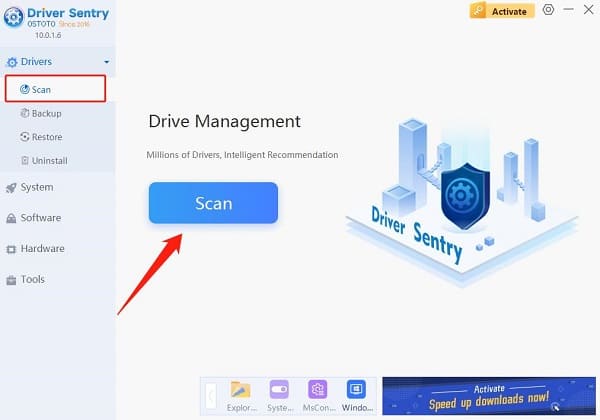
Once the scan is complete, the software will show which drivers are missing or need updates. Find the drivers that need updating and click the "Update" button.
After the update, it's recommended to restart your computer to ensure the updated drivers take effect.
2. Reset Windows Update Components
Type "cmd" in the taskbar search box, right-click "Command Prompt", and choose "Run as administrator".
Stop Windows Update Services:
In the Command Prompt, enter the following commands one by one to stop services related to Windows Update:
net stop wuauserv
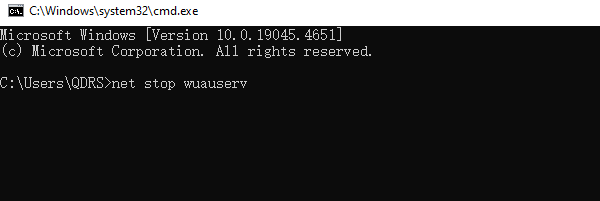
net stop cryptSvc
net stop bits
net stop msiserver
These commands stop the Windows Update service, cryptographic services, Background Intelligent Transfer Service (BITS), and the Windows Installer service.
Rename Cache Folders:
Corrupted cache files may cause update problems. Rename the following folders:
ren C:\Windows\SoftwareDistribution SoftwareDistribution.old
ren C:\Windows\System32\catroot2 Catroot2.old
This will create new SoftwareDistribution and Catroot2 folders, and the system will regenerate the cache as needed.
Restart Windows Update Services:
Enter the following commands to restart the services you previously stopped:
net start wuauserv
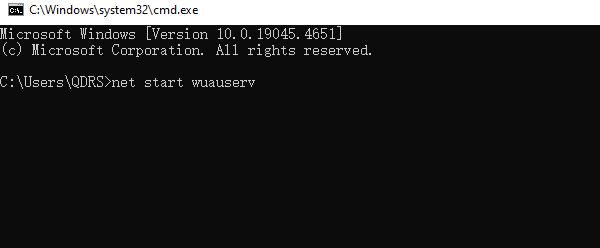
net start cryptSvc
net start bits
net start msiserver
Restart your computer and try running Windows Update again. If the issue persists, proceed to the next method.
3. Run Windows Update Troubleshooter
Open Settings by pressing "Win + I" and click "Update & Security".
From the left menu, select "Troubleshoot", then click "Additional troubleshooters".
Under "Additional troubleshooters", click on "Windows Update" and then click "Run the troubleshooter".
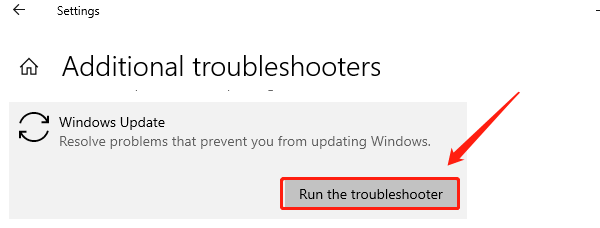
The system will automatically detect and attempt to fix Windows Update problems. Once complete, follow the on-screen instructions, and restart your computer if necessary.
4. Use System File Checker (SFC)
Type "cmd" in the taskbar search box, right-click "Command Prompt", and choose "Run as administrator".
In the Command Prompt, type the following command: sfc /scannow
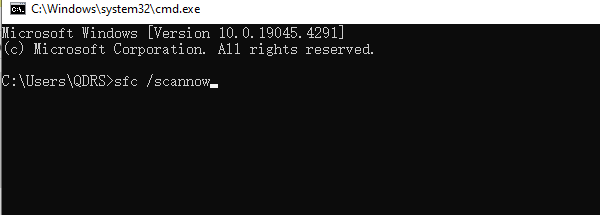
Press Enter. The system will begin scanning all protected system files and automatically repair any damaged files.
This process may take several minutes. Once complete, the system will display the results. If any corrupted files were found, they will be repaired automatically.
Restart your computer and check if the problem is resolved.
5. Check Disk Space
Check Disk Space:
Open "This PC", right-click the system drive (usually the C drive), and select "Properties".
In the pop-up window, you'll see the total capacity and available free space.
Run Disk Cleanup:
In the C drive properties window, click the "Disk Cleanup" button.
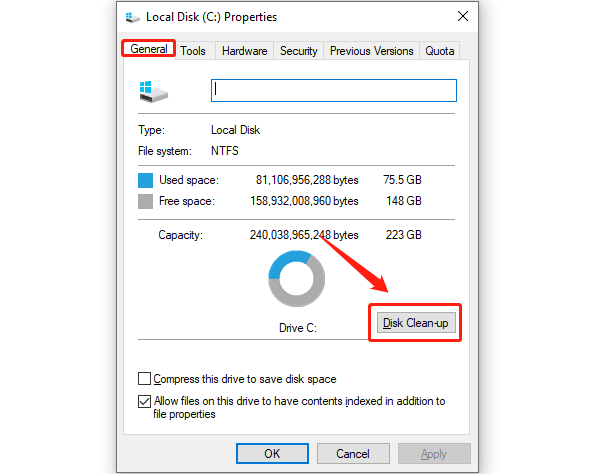
The system will scan the disk for files that can be deleted, such as temporary files and system cache files.
Select the file types to delete, click "OK", and confirm the deletion.
If more space is needed, click "Clean up system files" to remove old Windows Update files.
Delete Unnecessary Files and Applications:
Open "Settings" > "Apps" > "Apps & features".
Browse and select any apps you no longer need, then click "Uninstall" to remove them.
Use External Storage:
If local disk space is insufficient, transfer large files to an external storage device (such as a USB drive or external hard drive) to ensure enough space on the system drive for the update.
By following these steps, you should be able to effectively resolve Windows Update issues. If the problem persists, further troubleshooting or professional technical support may be necessary.
See also:
7 Ways to Fix Windows 11 Monitor Not Full Screen
Solutions for 0x0000001A Blue Screen Error and System Crash